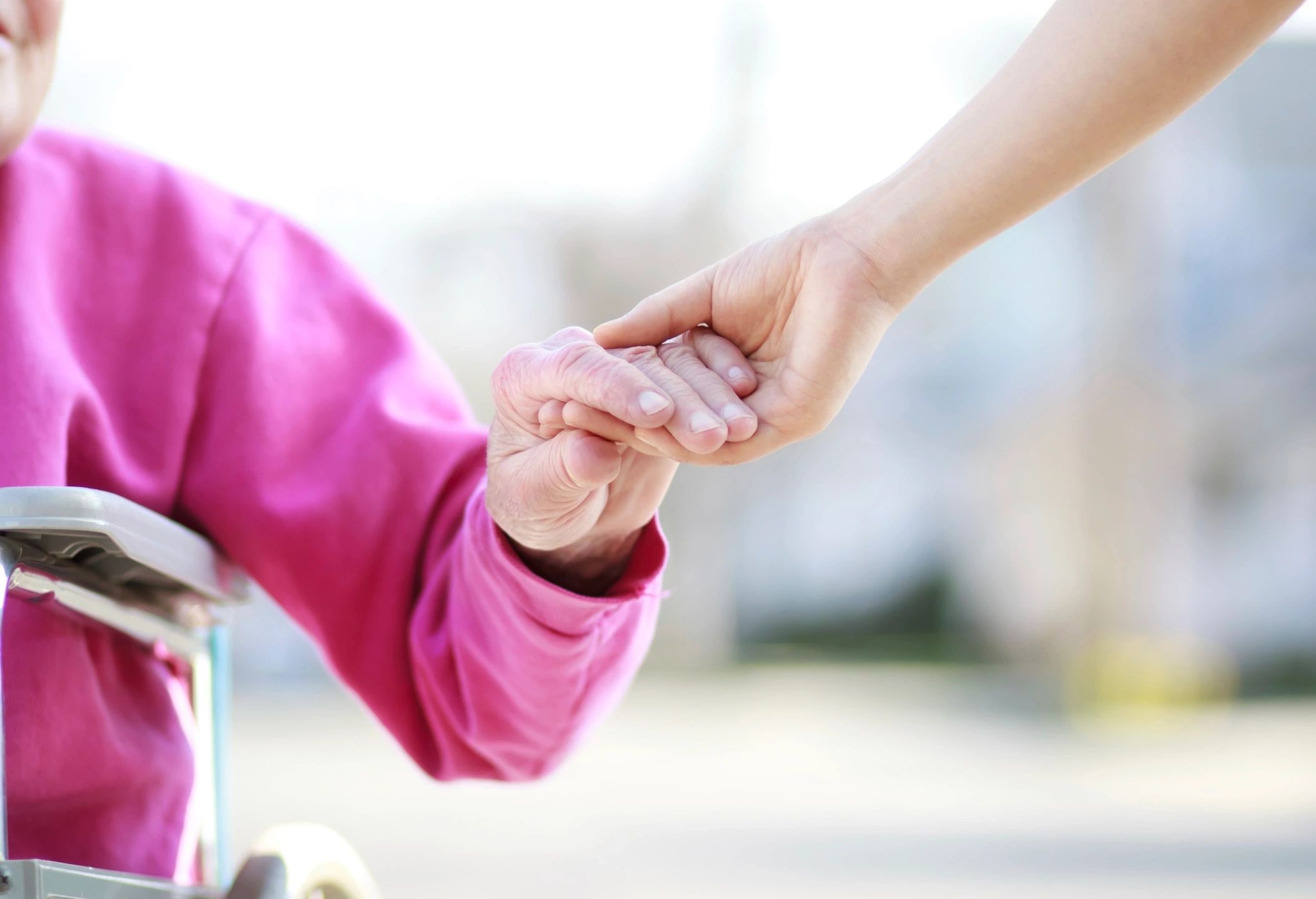Sep 12, 2019 by Stephen R

Jan, the wife of one of my business partners has enjoyed “Quilting” for over 25 years. Quilting is the process of sewing two or more layers of fabric together to make a thicker padded material, usually to create a quilt or quilted garment). She would get together two times each month with her quilting group. They often have group sewing and quilting classes where they teach new quilters how to sew or quilt. They never sold their quilts; rather they gave them to such organizations as hospice or the US military.
She recently told me “I have to be careful and pace myself when sewing or quilting, and often times my arthritis gets in my way.” Jan informed me that she has rheumatoid arthritis in her hands and fingers. According to the Mayo Clinic, arthritis is an inflammation of one or more of the joints. The main symptoms of arthritis are joint pain and stiffness, which typically worsen with age. Other signs and symptoms include swelling, redness and decreased range of motion.
Jan said, “I've slowly discovered that others in the quilting community are silently suffering too! It may sound silly to any non-quilters, but quilting and sewing can actually be rather hard on your body at times, especially if you are crafting often. “
This discovery about Jan made me realize that perhaps it was a topic I needed to know more about.
The Arthritis Foundation says the most common types of arthritis are osteoarthritis and rheumatoid arthritis.
Mayo Clinic practitioners say that these two main types of arthritis damage joints in different ways. Osteoarthritis involves wear-and-tear damage to your joint's cartilage — the hard, slick coating on the ends of bones. Enough damage can result in bone grinding directly on bone, which causes pain and restricted movement. This wear and tear can occur over many years, or it can be hastened by a joint injury or infection.
In rheumatoid arthritis, the body's immune system attacks the lining of the joint capsule, a tough membrane that encloses all the joint parts. This lining, known as the synovial membrane, becomes inflamed and swollen. The disease process can eventually destroy cartilage and bone within the joint.
Arthritis is very common but is not well understood. The Arthritis Foundation wants us to know that, “arthritis” is not a single disease; it is an informal way of referring to joint pain or joint disease. There are more than 100 different types of arthritis and related conditions. People of all ages, sexes and races have arthritis, and it is the leading cause of disability in America. More than 50 million adults and 300,000 children have some type of arthritis. It is most common among women and occurs more frequently as people get older.
Mayo Clinic cautions that “Severe arthritis, particularly if it affects your hands or arms, can make it difficult for you to do daily tasks. Arthritis of weight-bearing joints can keep you from walking comfortably or sitting up straight. In some cases, joints may become twisted and deformed.”
According to the Arthritis Foundation, risk factors for arthritis include Family history, age, gender, previous joint injury and obesity. Some types of arthritis run in families, so you may be more likely to develop arthritis if parents or siblings have the disorder. Your genes can make you more susceptible to environmental factors that may trigger arthritis. The risk of many types of arthritis, including osteoarthritis, rheumatoid arthritis and gout — increases with age. Women are more likely than are men to develop rheumatoid arthritis, while most of the people who have gout, another type of arthritis, are men. People who have injured a joint, perhaps while playing a sport, are more likely to eventually develop arthritis in that joint. That is why most who play the position of catcher in baseball suffer from osteoarthritis.
Common analgesics, like acetaminophen and tramadol help reduce pain but have no effect on inflammation according to the Arthritis Foundation. However Nonsteroidal anti-inflammatory drugs like Advil, Motrin, Aleve and ibuprofen reduce both pain and inflammation. The medications used to treat arthritis vary depending on the type of arthritis. However, it is wise to speak with your physician before embarking on a course of treatment.
Mayo Clinic practitioners note that “Physical therapy also can be helpful for some types of arthritis. Exercises can improve range of motion and strengthen the muscles surrounding joints. In some cases, splints or braces may be warranted.”
According to the Arthritis Foundation, many cases of arthritis symptoms can be reduced with weight loss, regular exercise, using heating pads or ice packs as well using assistive devices such as canes, walkers and raised toilet seats.
Believe it or not, despite Jan’s arthritic disability, she can still quilt……….she just medicates and goes a little more slowly.
There are many things that can be done to preserve joint function, mobility and quality of life. Learning about the disease and treatment options is essential. Arthritis is a commonly misunderstood disease. The Arthritis Foundation is the only nonprofit organization dedicated to serving all people with arthritis. Its website, arthritis.org, has many resources for learning about arthritis, practical tips for daily living and more.







